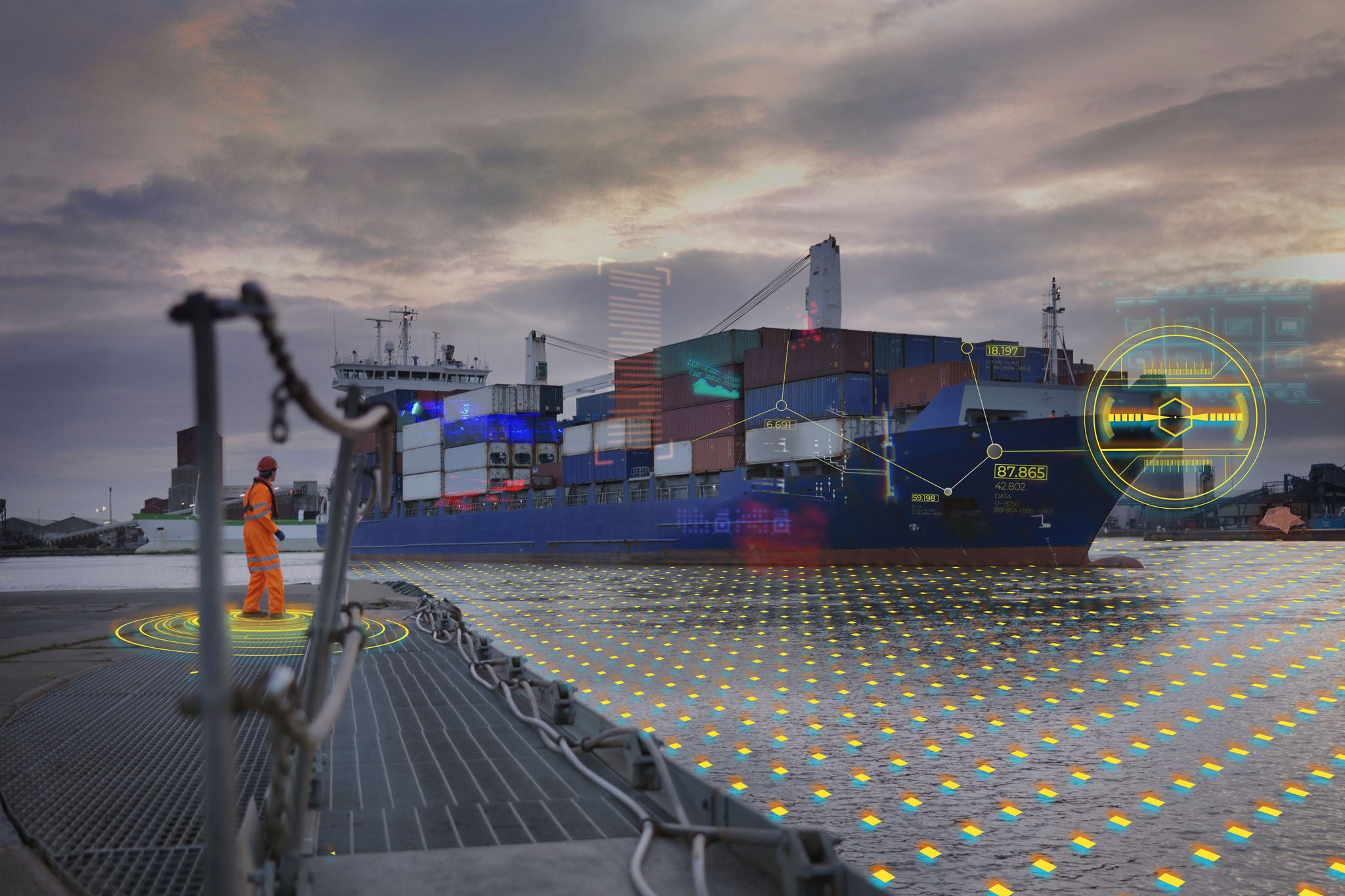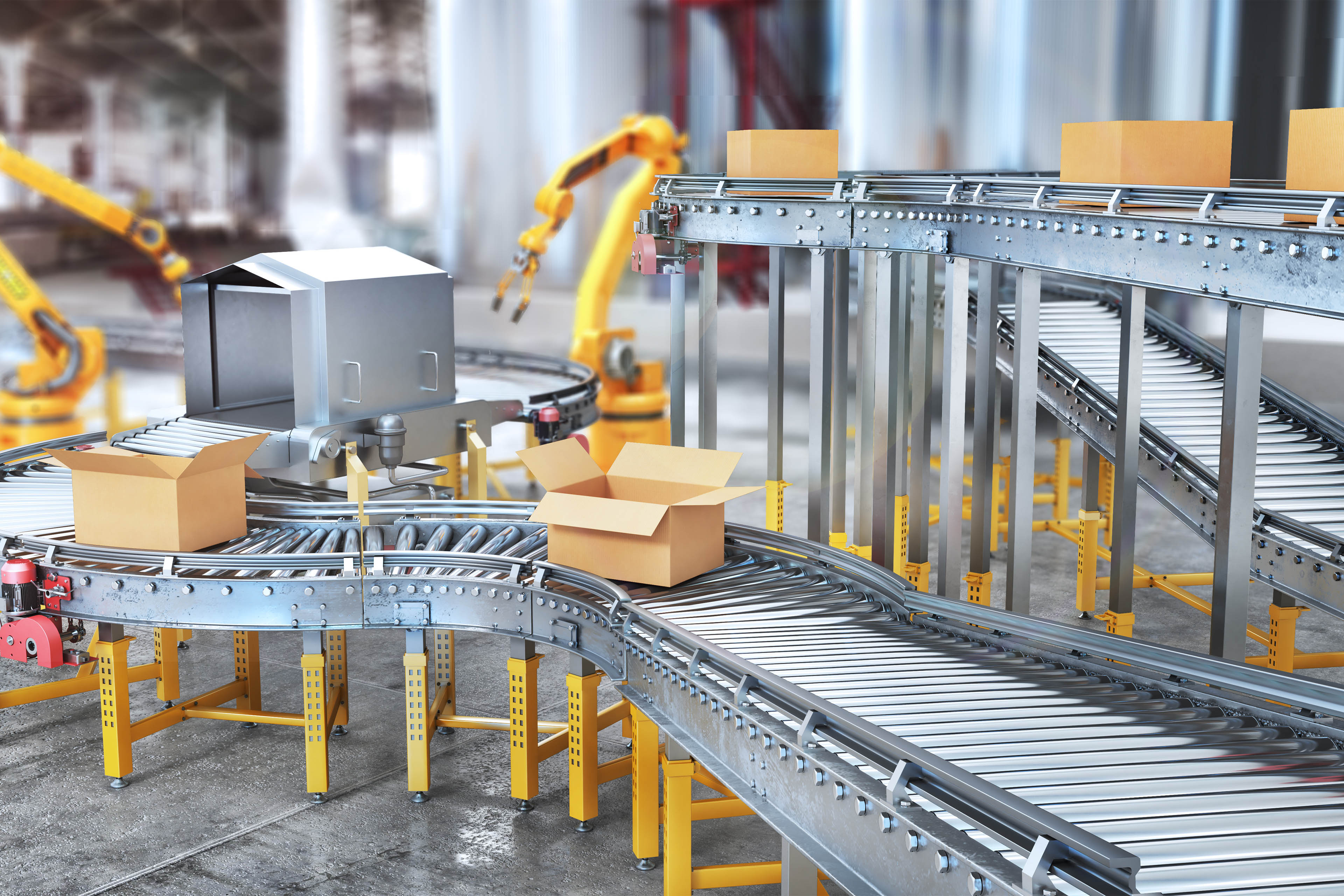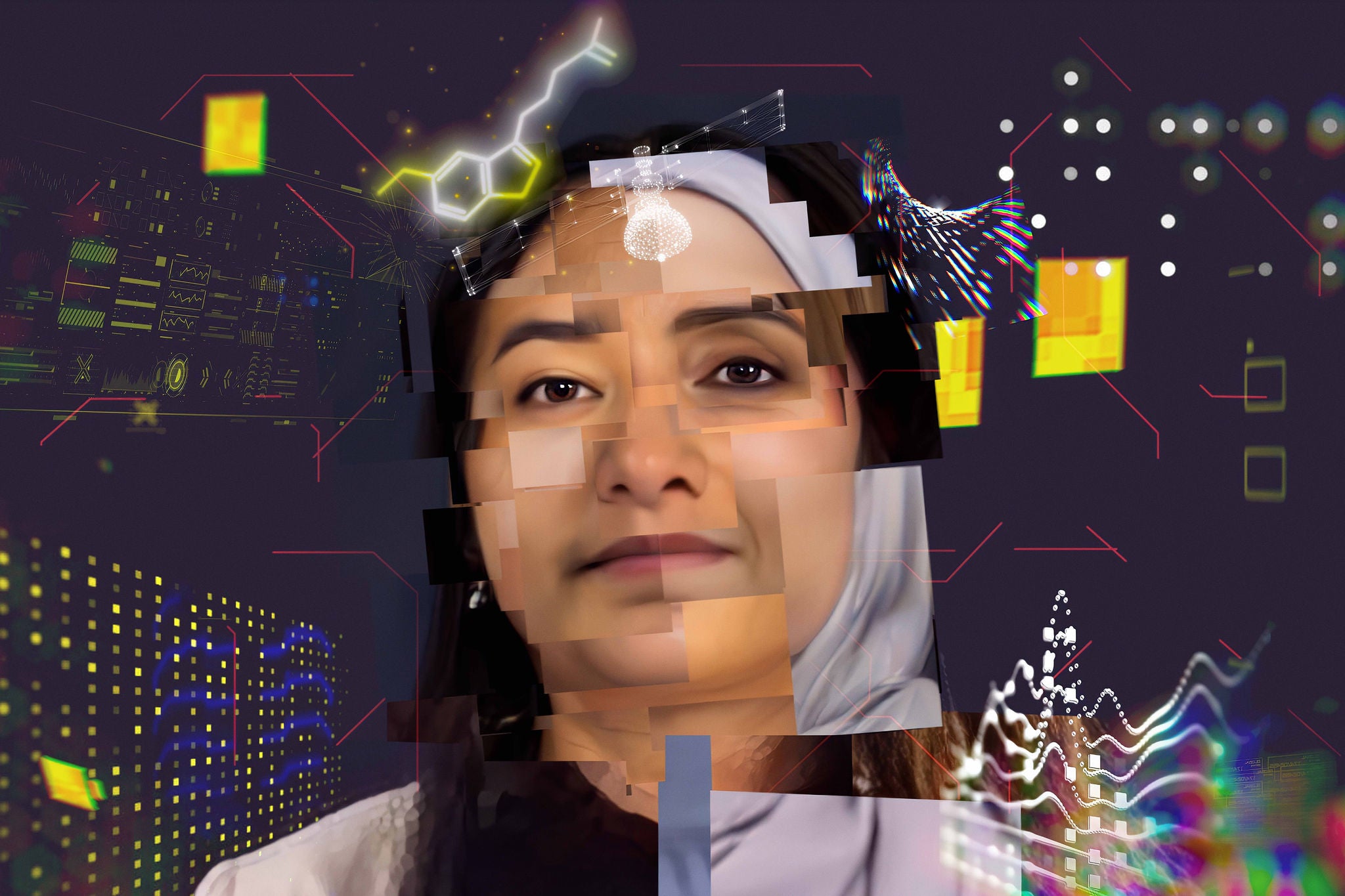EY refers to the global organization, and may refer to one or more, of the member firms of Ernst & Young Global Limited, each of which is a separate legal entity. Ernst & Young Global Limited, a UK company limited by guarantee, does not provide services to clients.

GenAI combined with traditional AI can enable supply chains to dynamically adapt to changing conditions with limited human intervention.
In brief
- Supply chain leaders are planning to deploy GenAI with many of them believing it has the potential to reinvent traditional supply chain models.
- To be effective, GenAI deployment in supply chains must be seen as part of the organisation’s broader digital transformation strategy.
- Investments in skills, data readiness and cybersecurity are essential for the creation of autonomous supply chains.
In response to the disruptions of recent years, many organisations are focused on boosting resilience in supply chains. This often involved diversifying operations across multiple countries and suppliers. Supply chains gained protection against external shocks, but often at the price of reduced efficiency.
Generative artificial intelligence (GenAI) can provide a solution to this conundrum by offering a path towards autonomous supply chains. The technology can analyse and interpret vast amounts of data, create new scenarios, generate innovative solutions and remove frictions in real-time.
AI has been used in supply chains for many years, but GenAI brings transformative capabilities. While traditional AI primarily focuses on data-driven insights and automation, GenAI can design new processes, forecast future demands with greater accuracy, and rapidly identify the most cost-efficient routes and carriers in the event of a disruption.
The combination of GenAI and traditional AI is a potential game changer in the quest for autonomous supply chains because of former’s breakthrough capabilities and the ways in which the strengths of the two technologies complement each other. Together, they can deliver the creativity and adaptability required for supply chains that can dynamically adjust to changing market conditions and operate with limited human intervention.
Strategic shift to GenAI
Traditional AI is rules-based, requiring prepared datasets and predefined logic to solve business problems. GenAI, on the other hand, works very well for text-rich environments and unstructured data, creating new content based on the data it has been trained on. For example, organisations using traditional AI for demand forecasting are using GenAI to improve accuracy.
EY global research of 460 supply chain and operations executives has found that three-quarters of them are planning to deploy GenAI in their supply chains and 80% believe it can reinvent supply chains and are making it a high priority. In addition, 69% believe that failing to integrate GenAI into their supply chains will put them at a competitive disadvantage.
Despite these positive intentions, organisations are taking a cautious approach and, in the past 12 months, 62% of respondents have reassessed their GenAI supply chain initiatives and only 7% have gone on to complete deployment. The main reasons cited for this were concerns around the unique risks created by GenAI and the challenges involved in implementing the technology.
Nevertheless, GenAI is giving organisations a faster pathway to the autonomous supply chain. But the integration of GenAI into supply chain management is not just a matter of implementing advanced technology. To really create a more autonomous supply chain, a strategic perspective is required that views the adoption of GenAI as part of a broader digital transformation strategy.
This means involving stakeholders across multiple departments including IT, operations, finance and customer service as well as external partners such as suppliers, distributors and customers. This is a prerequisite for the creation of the seamless flow of information to support a more responsive, resilient and agile supply chain.
Next frontier in supply chain management
Emerging use cases for GenAI include logistics network design, global trade optimisation, demand forecasting and supplier management. These are areas where traditional AI has long been available but has been limited by the need for highly trained data scientists to use the technology. This places them out of reach and may be too expensive for many organisations. A key benefit of GenAI is in providing a natural language interface that puts the tools in the hands of the broader workforce.
EY.ai Maturity Model
We can help you strategically plan to close GenAI gaps, develop an efficient roadmap, and responsibly harness its capabilities.
Overcome implementation challenges
Implementing GenAI in the supply chain involves a complex series of technical, organisational and operational challenges. Organisations should take the following actions to advance their journey to the autonomous supply chain and exploit the full potential of GenAI.
Address skills gaps
Skills gaps were identified as a challenge during implementation for survey respondents. Talent availability will dictate the speed of adoption. This requires investment in upskilling programmes along with targeted talent and hiring plans. Advanced users are tackling this by putting GenAI with appropriate controls into the hands of their employees so that they can learn how to use it.
Prioritise data readiness when considering use cases
The demands of GenAI are shining a spotlight on the complexities of enterprise data management. Maintaining data quality was the number one implementation challenge cited by respondents (38%) to the EY survey, with access to data (33%) a top challenge as well. This highlights the data challenges particular to supply chains, where data is fragmented across different systems in the organisation as well as across external parties. This results in massive volumes of unstructured, incomplete data, data privacy issues, and problems with data architecture and management.
Any organisation wishing to deploy GenAI in its supply chain must get its data house in order to improve the accuracy of its outputs. Putting in place the right data architecture, tools and policies is therefore an investment worth making.
Mitigate cyber and data risks
The need for stronger cybersecurity is paramount for organisations seeking to deploy GenAI. GenAI creates new cyber vulnerabilities, including through prompt injection attacks designed to provoke LLMs into leaking sensitive data or manipulate their outcomes. It is, therefore, necessary to focus on the new risks posed by the technology, such as inaccuracies and hallucinations, exposure to legal liability through IP infringement, brand or reputation damage and job insecurity.
Supply chain and operations leaders need to work closely with cybersecurity teams from the very outset to support the secure adoption of GenAI in the supply chain. This includes involving the cyber team in use case identification and governance to maximise the value potential of the technology.
A goal worth pursuing
While doubts remain as to whether a fully autonomous supply chain can ever be achieved, it is still a goal worth pursuing. Every step closer to autonomous supply chains boosts resiliency by improving visibility and agility. GenAI is already proving it can be a game changer for the supply chain, and while still in its infancy, the technology is expected to establish itself firmly in the supply chain over the coming years and organisations cannot afford to ignore its potential.
Summary
GenAI combined with traditional AI is emerging as a game changing technology which can enable more autonomous supply chains with real-time problem-solving capabilities. GenAI adoption is likely to be crucial for competitiveness in the years ahead, but organisations are struggling with implementation challenges. Addressing skills gaps, data availability and quality issues, and cyber risks will be crucial to overcoming those challenges.
Related articles
How effective supply chain cost management can deliver top line value
Reducing costs can deliver enhanced supply chain resilience along with improved competitive advantage. Find out how.





